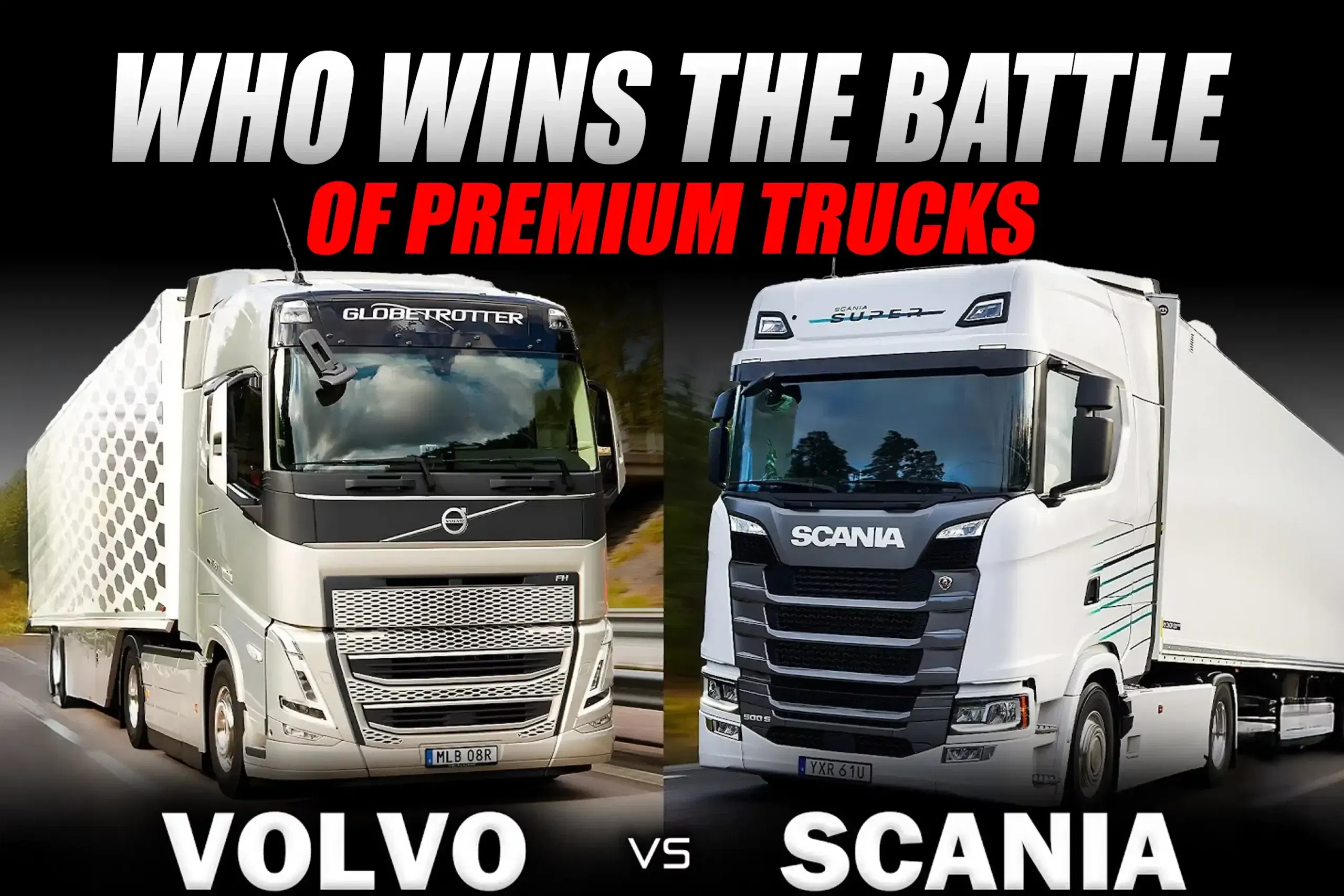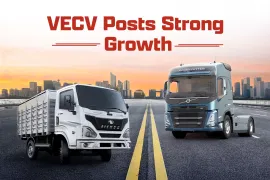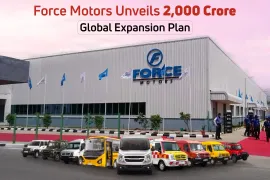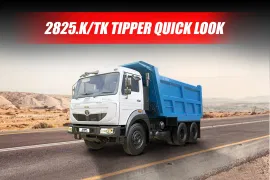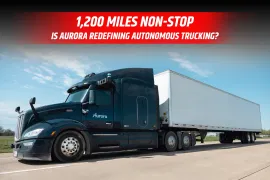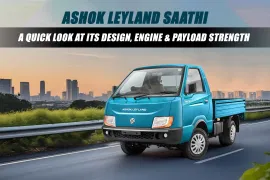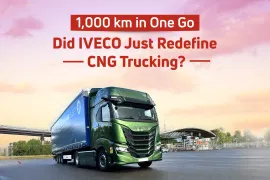The heavy-duty truck industry requires trucks to be made for survivability, accuracy and dependability. Volvo FM 420 and Scania G410 are among the best in the business. Both have been applying in logistics, construction and long haul operations. Both are expressions of each company's philosophy, Volvo in structural reliability, Scania in mechanical expertise. But neither is perfect. An impartial comparison provides insight into where exactly each of them excels.
1. Engine and Performance
Volvo FM 420 is equipped with a 12.8-litre, six-cylinder diesel engine. It delivers 420 hp and 2,100 Nm of torque. The torque band of the engine remains constant, ensuring smooth acceleration under load. Its compression ratio is high and ensures power even on slopes. The delivery is smooth, although the rev pattern is linear.
The Scania G410 has a 12.7-litre DC13 diesel engine. It produces 410 hp and 2,000 Nm of torque. The engine is efficient at low revs, with an emphasis on fuel efficiency. Power delivery is relaxed but controlled, a virtue appreciated on long highway runs.
2. Transmission and Drivability
Volvo outfits the FM 420 with its I-Shift 12-speed AMT. It automatically changes gears depending on terrain and load. The system is reliable in long drives but slower in traffic. Scania installs the G410 with Opticruise 12-speed AMT. It is faster in gear shifting, with adaptive mapping leading the way. The clutch is light and the shifts are near seamless.
3. Cabin and Ergonomics
Internally, Volvo adheres to a functional layout. The air-suspended cabin reduces vibration. Controls are positioned near the driver. Visibility remains generous, particularly from the sloping front styling. Materials are rugged but modest. The sleeper bunk is sufficient for extended stops.
Scania addresses the cabin as an office and a resting area. Its high-roof profile provides additional space. Climate control operates effectively. Dashboard design feels logical and driver-oriented. Build quality remains firm on surfaces.

4. Safety and Technology
Volvo incorporates Electronic Stability Control, Hill Start Assist and Advanced Braking Systems. The Volvo Connect telematics enables diagnostic and tracking support. The system operates securely with minimal complexity.
Scania provides Adaptive Cruise Control, Lane Departure Warning and Hill Descent Control. The Fleet Management System facilitates preventive service planning. Nevertheless, it relies significantly on software calibration.
5. Chassis, Payload and Efficiency
| Specification | Volvo FM 420 | Scania G410 |
| Engine | 12.8L, 6-cylinder Diesel | 12.7L DC13 Diesel |
| Power | 420 hp | 410 hp |
| Torque | 2,100 Nm | 2,000 Nm |
| Transmission | 12-speed I-Shift AMT | 12-speed Opticruise AMT |
| GVW (Approx.) | 49,500 kg | 49,000 kg |
| Cabin Type | Air-suspended Sleeper | High-roof Air-suspended |
| Braking System | EBS with disc brakes | EBS with disc brakes |
| Suspension | Parabolic / Air | Full Air Suspension |
| Telematics | Volvo Connect | Scania Fleet Management |
| Mileage (Approx.) | 2.5–3.0 km/l | 2.7–3.2 km/l |
6. Maintenance and Service Support
Volvo service presence is still stronger throughout India. Parts are readily available and technicians are extensively trained. Per-visit cost remains high but consistent. Scania has fewer workshops, typically group-wise on industrial routes. Its parts last longer but are more expensive to replace.

Drawbacks of Volvo FM 420
In spite of its tested construction, the Volvo FM 420 has limitations:
- Fuel economy is below partial load.
- I-Shift reacts slowly in dense traffic.
- Maintenance costs remain on the higher side.
- Cabin design feels dated compared to rivals.
- Chassis weight slightly reduces payload margin.
These issues do not compromise dependability but influence cost and convenience over time.
Drawbacks of Scania G410
Scania’s refinement carries its own constraints:
- Limited aftersales coverage in India.
- Imported parts raise ownership costs.
- Air suspension struggles on poor rural roads.
- Electronic systems demand trained service staff.
- Purchase price exceeds most competitors.
These disadvantages limit its usability to operators far from Scania service areas.
Conclusion
Volvo and Scania both provide engineering depth and durability. The FM 420 shines in torque, payload and access. The G410 stands out in comfort, fuel efficiency and driving sophistication. Their competition is not in supremacy but in specialization. Thus, if someone owned a fleet and wanted a wide-service capacity and rugged consistency, they might choose the Volvo FM 420. Alternatively, they might choose the Scania G410 for fuel efficiency, high automation and a more sophisticated cabin. Essentially, Volvo provides resilience; Scania provides sophistication. They represent the top echelon of the heavy-duty truck segment in India, where every purchase has to balance power, economy and support, not sheer brand loyalty.
For more articles and news, stay updated with 91trucks. Subscribe to our YouTube channel and follow us on Facebook, Instagram and LinkedIn for the latest videos and updates from the automotive world!
Web Stories
Latest Trucks News
Categories
91trucks is a rapidly growing digital platform that offers the latest updates and comprehensive information about the commercial vehicle industry.
